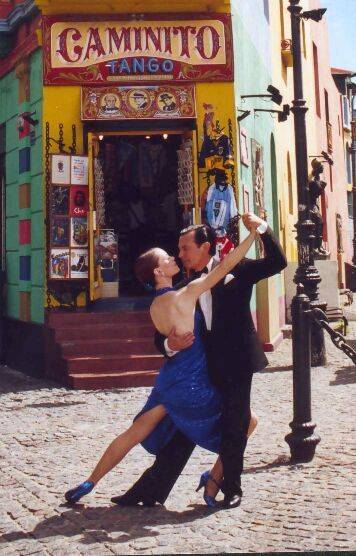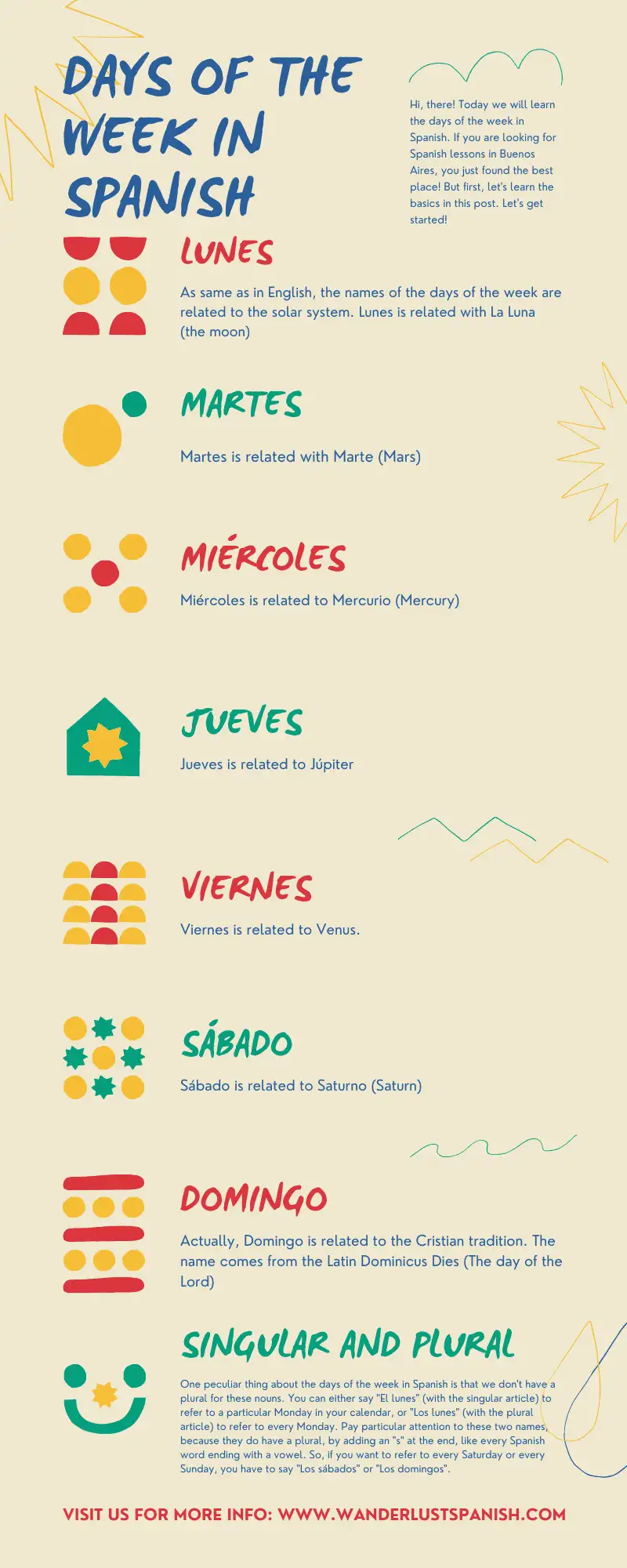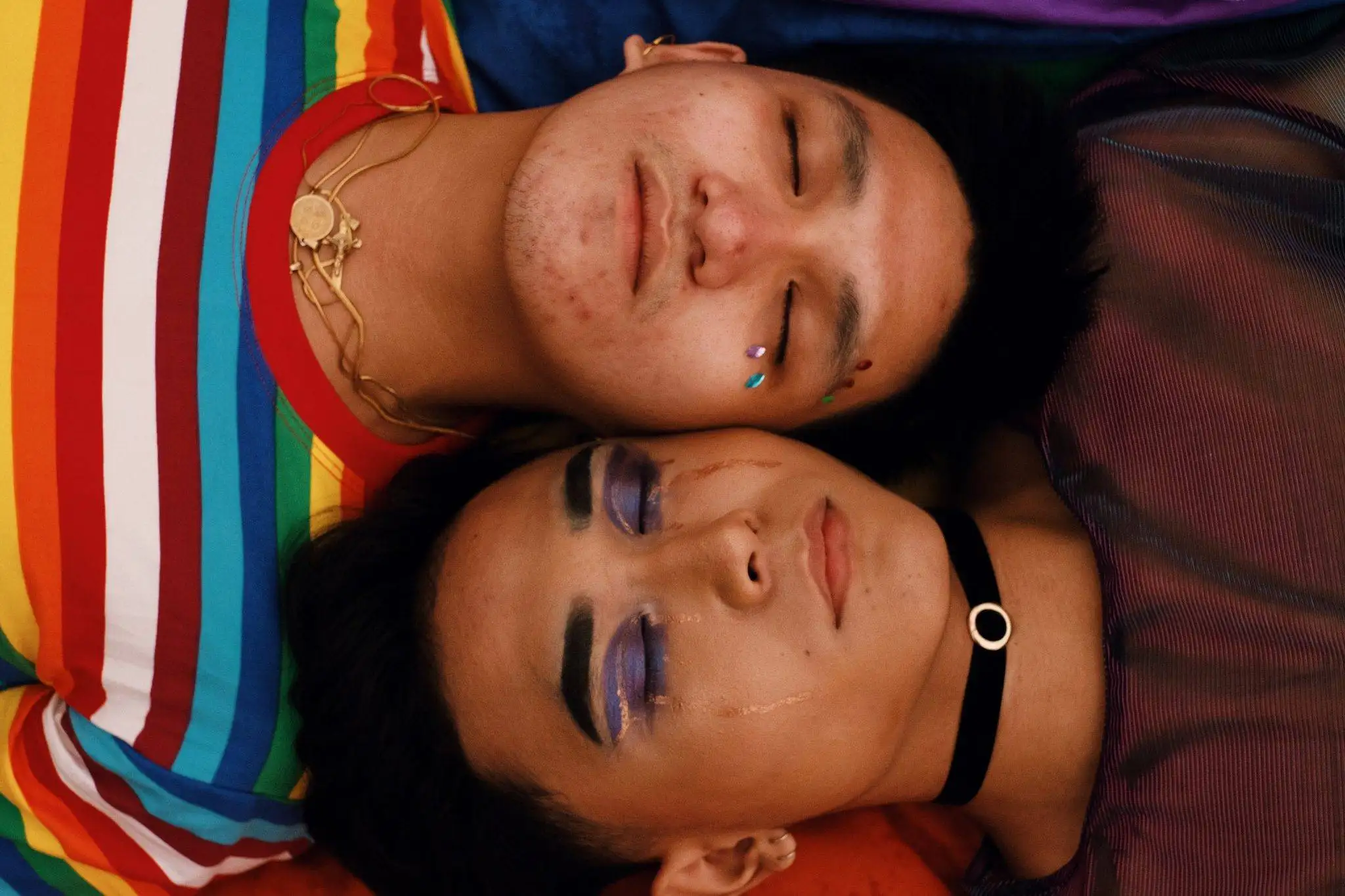When you think of Buenos Aires, what’s the first thing that comes to mind? For many, it’s the sultry, passionate rhythms of tango. This iconic dance is more than just a performance—it’s a deep expression of Argentine culture, history, and identity. And there’s no better place to learn it than right here in the heart of Buenos Aires. Whether you’re a total beginner or looking to refine your skills, taking tango classes in Buenos Aires is an experience you won’t forget.
Why take tango classes in Buenos Aires?
Contents
There’s something magical about learning tango in Buenos Aires, the city where it all began. Here, the dance isn’t just a pastime; it’s a way of life. Tango emerged from the melting pot of cultures in the late 19th century, blending influences from European immigrants, African rhythms, and native Argentine sounds. Today, it’s a symbol of the city’s rich cultural heritage.
Taking tango classes in Buenos Aires gives you more than just the steps; it connects you with the spirit of the city and its people. You’ll learn to move with the music, embrace the emotion, and understand the subtle communication between partners that makes tango so unique.
Tango classes in Buenos Aires: Finding the right milonga
In Buenos Aires, tango isn’t confined to studios. The real magic happens in the milongas—social clubs where locals gather to dance, socialize, and celebrate their shared love for tango. For those new to the scene, choosing the right milonga can be a bit daunting, but it’s all part of the adventure.
Some popular options for beginners include La Viruta, which offers a welcoming environment with classes for all levels, and Salon Canning, a historic venue where you can feel the tradition in every step. For a more intimate experience, El Beso is a smaller milonga known for its friendly atmosphere and skilled dancers.
The Basics: What to expect in Tango classes in Buenos Aires
So, what exactly happens in a tango class? Most tango classes in Buenos Aires begin with the fundamentals: posture, connection, and the basic steps. You’ll start by learning how to walk with your partner—yes, even walking is an art form in tango! From there, you’ll progress to more complex movements like ochos (figure-eight steps), giros (turns), and the iconic tango embrace.
Don’t worry if you’re a bit nervous at first—tango instructors in Buenos Aires are known for their patience and passion for teaching. They’ll guide you through each step, helping you build confidence and develop your own style.
Private vs. group Tango classes in Buenos Aires
When deciding how to learn tango, you’ll need to choose between private and group classes. Each has its own benefits. Group classes are a great way to meet people, have fun, and learn the basics in a relaxed setting. They’re perfect for travelers who want to experience the social side of tango and enjoy dancing with different partners.
On the other hand, private lessons offer personalized instruction and allow you to progress at your own pace. If you’re serious about mastering tango or have specific goals in mind, private classes might be the way to go. Plus, with one-on-one attention, your instructor can focus on refining your technique and helping you understand the nuances of the dance.
Tango etiquette: Dancing like a True Porteño
Tango isn’t just about the steps; it’s also about the culture and traditions that surround the dance. Understanding tango etiquette is key to feeling comfortable and confident on the dance floor.
One important concept to know is the “cabeceo,” a traditional way of inviting someone to dance. Instead of asking directly, dancers make eye contact and nod to signal their interest. It’s a subtle but essential part of the tango experience.
Another tip is to be aware of the “ronda,” the circular movement of dancers around the floor. In Buenos Aires, it’s important to respect the flow of the ronda and avoid cutting across the dance floor. These little details may seem small, but they’re what make dancing tango in Buenos Aires so special.
Where to take Tango classes in Buenos Aires: Top studios and teachers
Buenos Aires is home to countless tango schools, each with its own vibe and approach to teaching. Whether you’re looking for a traditional experience or something more contemporary, there’s a class for you.
- La Escuela de Tango de Buenos Aires: One of the city’s most famous schools, offering classes for all levels in the heart of the city.
- Tango Brujo: Known for its creative and modern approach to tango, perfect for those looking to explore different styles.
- Cachirulo: If you’re after a more traditional experience, this milonga is famous for its dedication to classic tango.
Learn the language of Tango
Tango isn’t just a dance; it’s a language of its own. Learning to dance tango is like learning to speak with your body. You’ll pick up a whole new vocabulary of movements, from the elegant “corte” (a sudden stop) to the playful “boleo” (a swinging leg motion).
As you immerse yourself in tango, you’ll also start to understand the music. Tango music is deeply emotional, with each song telling a story of love, loss, and longing. By learning to dance, you’re not just moving to the rhythm—you’re interpreting the music and becoming part of its narrative.
Making friends through Tango classes in Buenos Aires
One of the best parts about taking tango classes in Buenos Aires is the opportunity to meet new people. Whether you’re dancing with locals or fellow travelers, tango has a way of bringing people together. The shared experience of learning and dancing creates a unique bond, and it’s not uncommon for friendships (and sometimes romances) to blossom on the dance floor.
Tips for getting the most out of your Tango classes in Buenos Aires
- Be Patient: Tango is a complex dance that takes time to master. Don’t get discouraged if you don’t get it right away—everyone starts somewhere!
- Practice Regularly: The more you dance, the more comfortable you’ll become. Try to practice as often as you can, whether in class, at a milonga, or even in your living room.
- Embrace the Culture: Tango is more than just a dance—it’s a reflection of Argentine culture. Take the time to learn about the history of tango, listen to classic tango music, and maybe even learn a few Spanish phrases to help you connect with your partners.
Tango Classes in Buenos Aires: A journey into the heart of Argentine culture
In Buenos Aires, tango isn’t just something you do—it’s something you feel. Taking tango classes in Buenos Aires is more than just learning steps; it’s about connecting with the city’s soul. As you dance, you’ll find yourself immersed in the rhythms of Buenos Aires, moving in harmony with its streets, its people, and its history.
So, are you ready to learn to dance like a true porteño? Lace up your shoes, step onto the dance floor, and let the music guide you. Buenos Aires is waiting, and its tango is calling your name.









